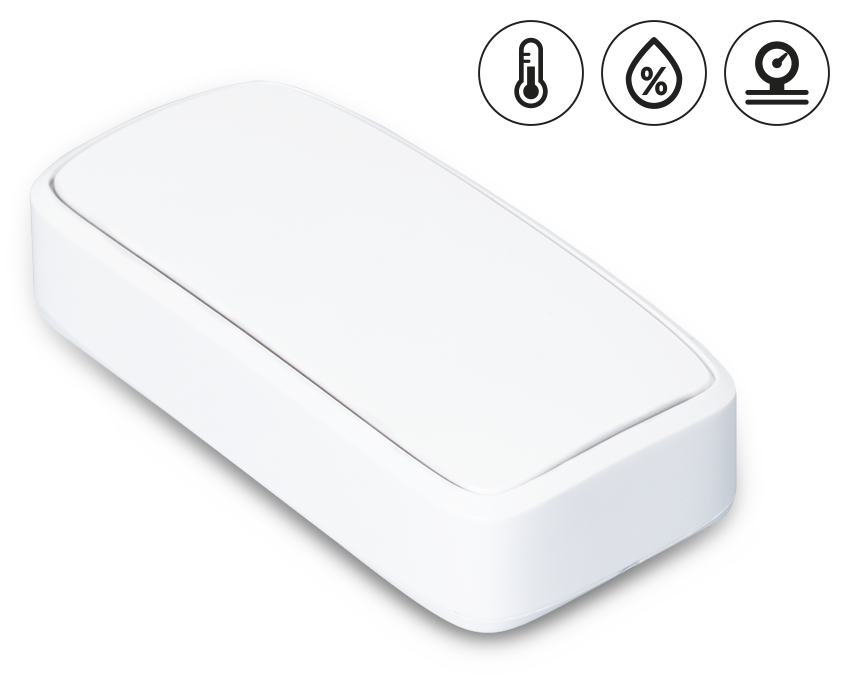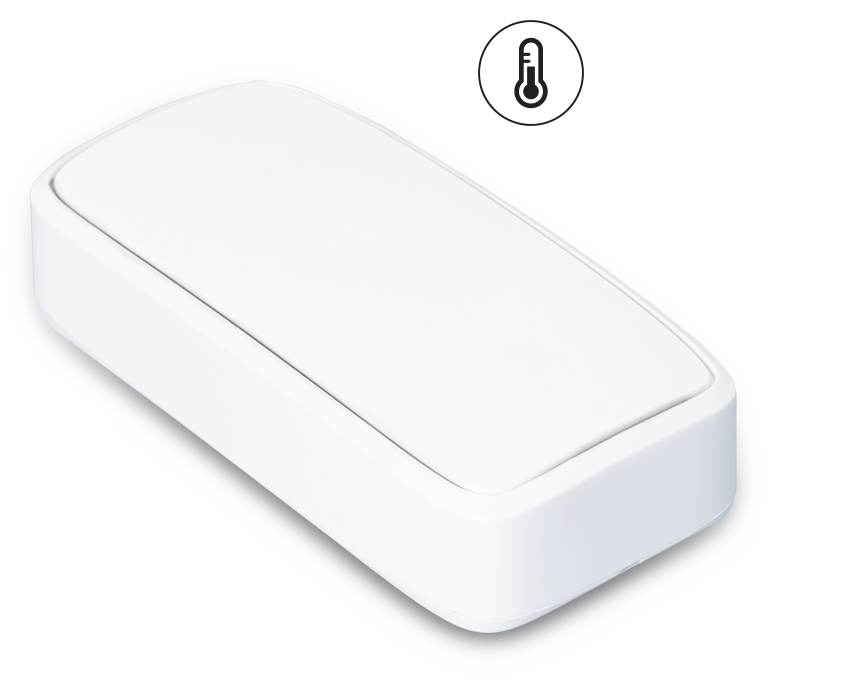Control of environmental conditions in historic buildings, museums and galleries is necessary to maintain optimal temperatures and humidity. In this way, you can slow down or even prevent their self-destruction.
General recommendations – temperature and humidity
The temperature and relative humidity range should be adapted to the type of exhibits and the material from which they are made. Detailed values of relative humidity and temperature at which works of art made of individual materials can be stored are specified, for example, in the study “Determining the Acceptable Ranges of Relative Humidity And Temperature in Museums and Galleries” – Smithsonian Institution.
General recommendations regarding temperature and humidity in museum facilities state that:
The temperature in the range of 19-21 ° C is the best compromise between visitor comfort and energy expenditure. If the room temperature does not change abruptly, it has little effect on the condition of works of art.
The optimum relative humidity for mixed collections is 45 – 55%. Too high relative humidity (over 65%) can cause mold and fungus to grow on paintings, metal corrosion or damage to library collections. On the other hand, too low relative humidity (below 25%) leads to a loss of hygroscopic water, brittleness of hygroscopic materials (e.g. leather and paper) and an increase in mechanical stress, especially in wooden products.
Relative humidity has a much greater impact on the condition of museum exhibits than temperature. Rapid changes in humidity are particularly destructive, and seasonal fluctuations are less harmful.
How to choose the relative humidity level?
The method of selection of climatic conditions in which museum exhibits should be stored is specified in PN-EN 15757: 2012 (Conservation of cultural goods – Requirements for temperature and relative humidity in limiting mechanical damage to organic hygroscopic materials caused by climate impact).
According to the standard, the relative humidity in the room/display case where the works of art are stored should be determined on the basis of the so-called historical climate, to which museum exhibits are acclimated. The historical climate, i.e. the range of relative humidity and temperature in which the exhibit was stored without negative effects, can be determined on the basis of measurements carried out for at least 12 months.
When analyzing the historical climate, one should also take into account seasonal changes in humidity, resulting e.g. from the change of seasons or the heating season. The historical climate is determined by three values:
Average relative humidity value – the arithmetic average of all measurements (the sum of relative humidity measurements divided by the number of measurements). Year-round measurements are used to determine the average value. To determine seasonal changes, calculate the average values for each month
Central moving average – moving average of 30 days (the humidity value of the day for which the moving average is calculated should be in the middle of 30 measurements)
Short-term fluctuations – the difference between the reading for a specific day and the central moving average for that day
The values obtained as a result of the above calculations describe the historical climate to which the exhibit is acclimated. These conditions should be reproduced in the room / display case in which the item will be stored. Moreover, if the relative humidity fluctuations are significant, its stabilization should be sought. The standard states that all fluctuations outside the range [-1.5; 1.5] standard deviation should be eliminated.
In the case of moving exhibits to another room/display case, it is extremely important to recreate the historical climate to which it is acclimatized. If for some reason, the microclimate has changed, you should monitor the impact of the change on the condition of works of art for at least a year.




